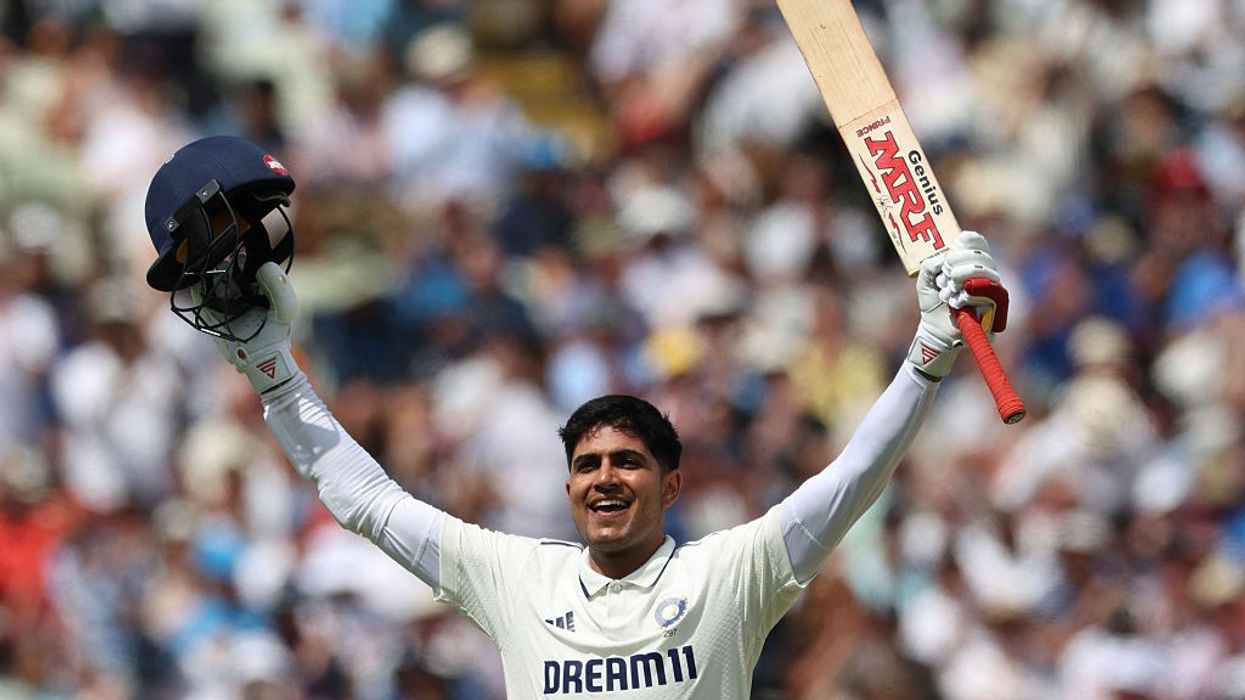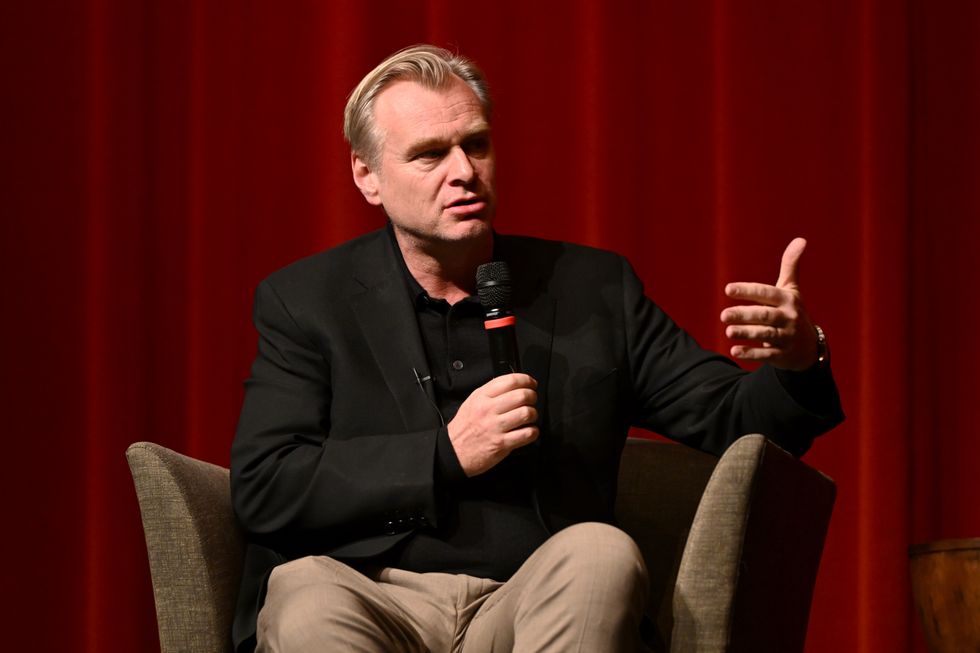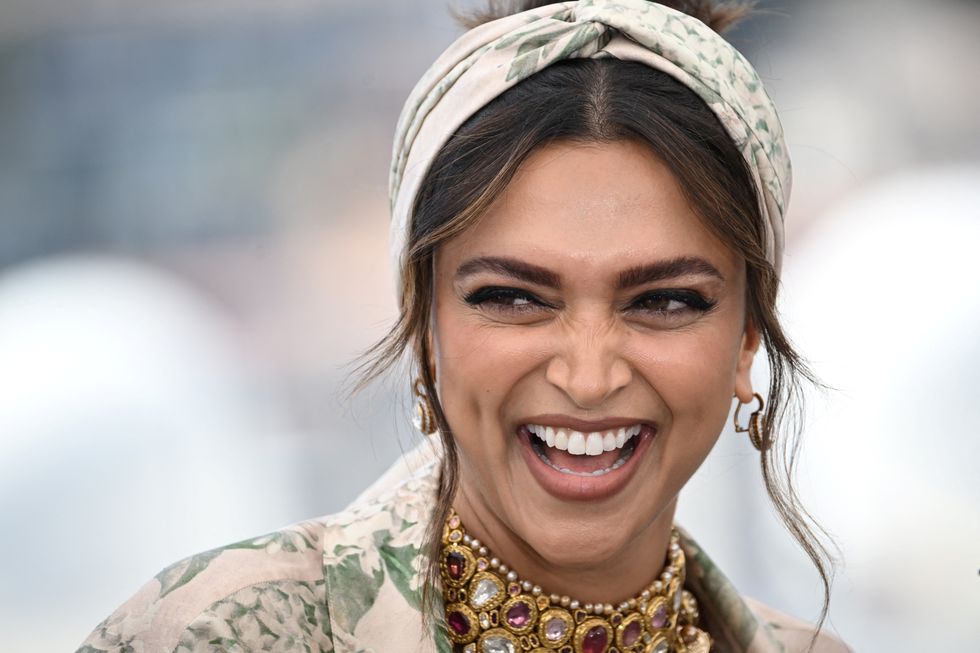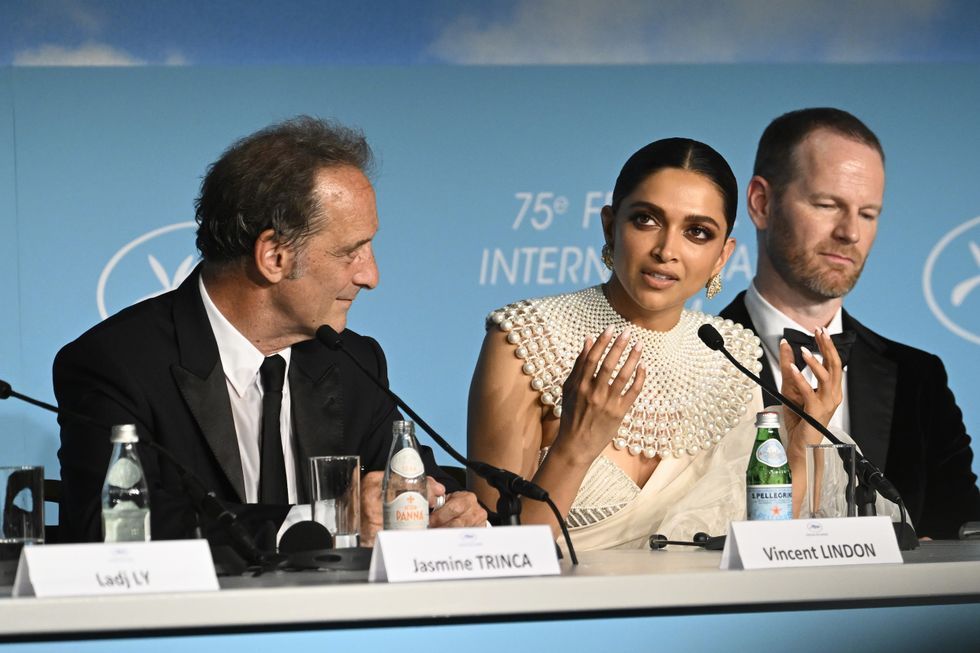Satnam Singh, the first Indian to be drafted into the NBA, has been provisionally suspended by India's anti-doping agency after failing a drugs test last month.
Singh, who joined the Dallas Mavericks in 2015, failed an out-of-competition test last month and was handed a temporary ban on November 19, according to the National Anti-Doping Agency (NADA) newsletter.
The banned substance that was been detected in Singh's sample was not confirmed.
The 23-year-old Singh, standing 7 feet 2 inches (2.18 meters) tall, has denied the charge through a statement on Saturday, asserting he is "clean".
"Mr. (Satnam Singh) Bhamara is disputing the said charge and has requested a hearing before the NADA Anti-Doping Disciplinary Panel (ADDP) in order to put forth his case," the statement said.
"Mr. Bhamara would like to state that he was and remains a clean competitor and has always played basketball fairly."
Singh, who did not play an NBA game, went on to play in the National Basketball League of Canada after signing a deal with St John's Edge in September 2018.
He has represented India at the Asian Championships, 2018 Commonwealth Games and the 2019 World Cup Qualifiers.
There is also a Netflix documentary One in a Billion which charts Singh's remarkable journey from a remote Punjab village to the Mavericks.















 Christopher Nolan’s The Odyssey poster debuts in cinemas with exclusive teaser trailerGetty Images
Christopher Nolan’s The Odyssey poster debuts in cinemas with exclusive teaser trailerGetty Images 

 Deepika Padukone to get Hollywood Walk of Fame star Getty Images
Deepika Padukone to get Hollywood Walk of Fame star Getty Images  Jury Member Deepika Padukone attend the Palme D'or winner press conference Getty Images
Jury Member Deepika Padukone attend the Palme D'or winner press conference Getty Images  Deepika Padukone honoured with Hollywood star in 2026 Getty Images
Deepika Padukone honoured with Hollywood star in 2026 Getty Images  Deepika Padukone becomes Walk of Fame honouree in 2026Getty Images
Deepika Padukone becomes Walk of Fame honouree in 2026Getty Images